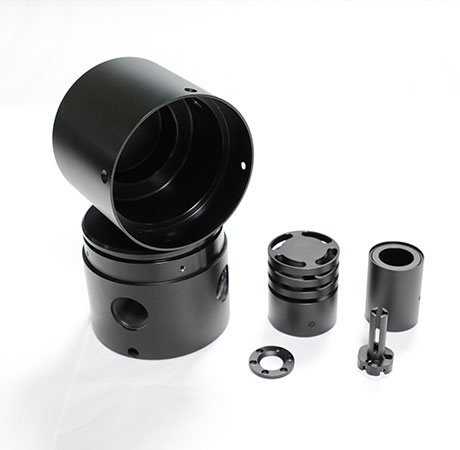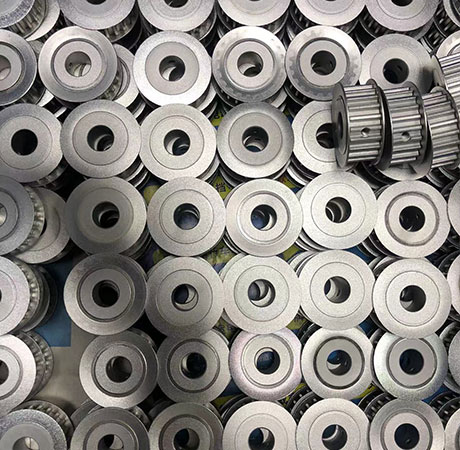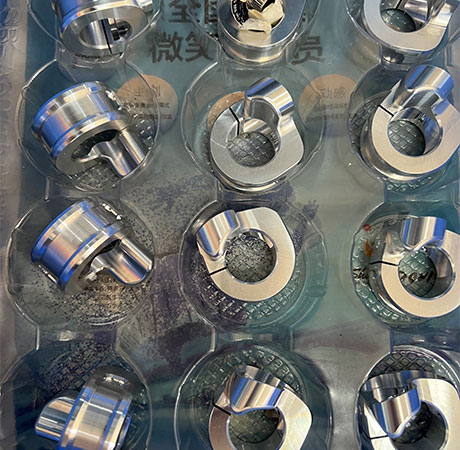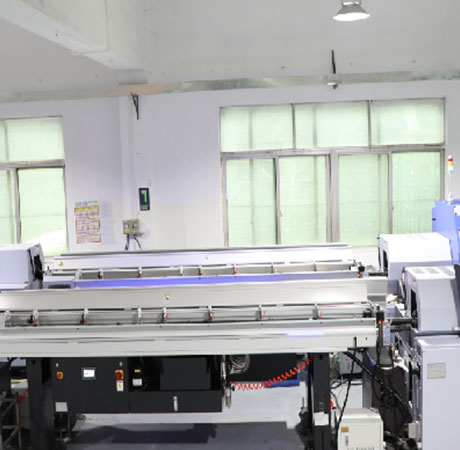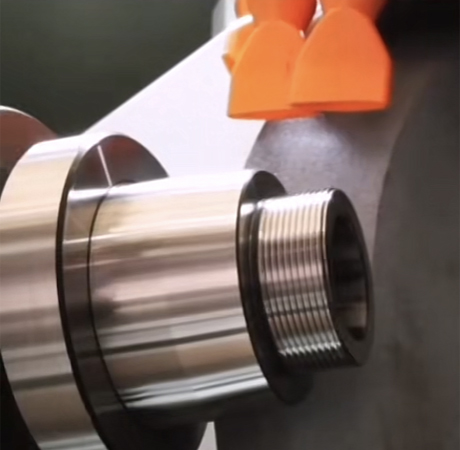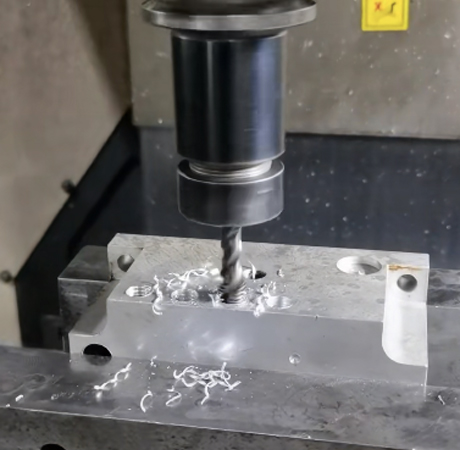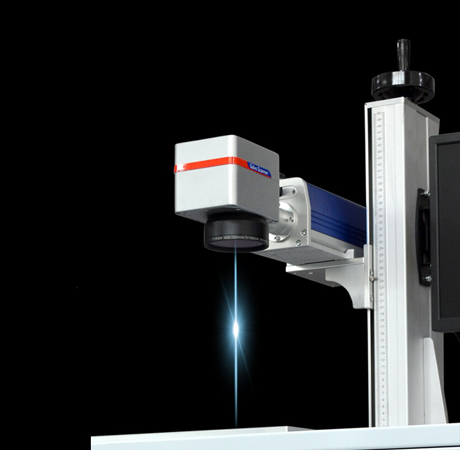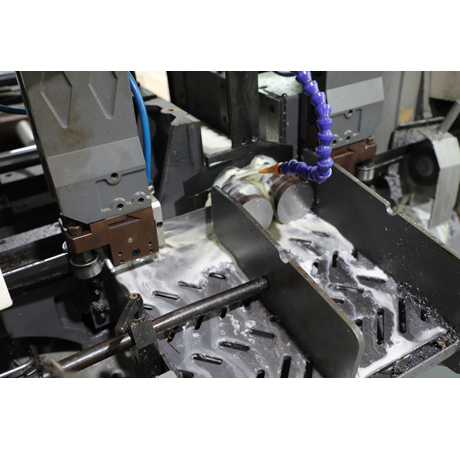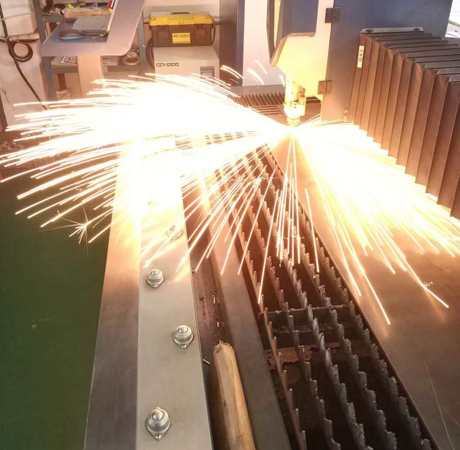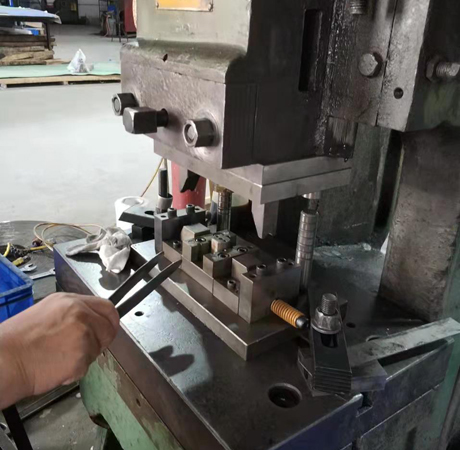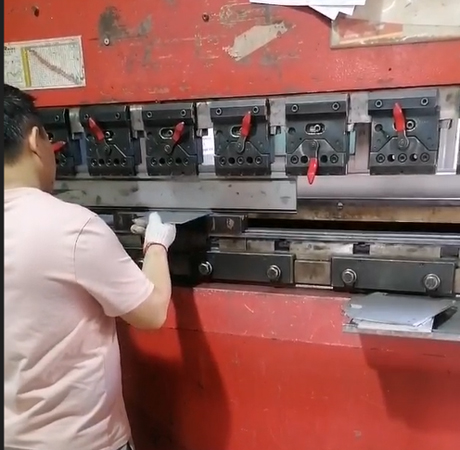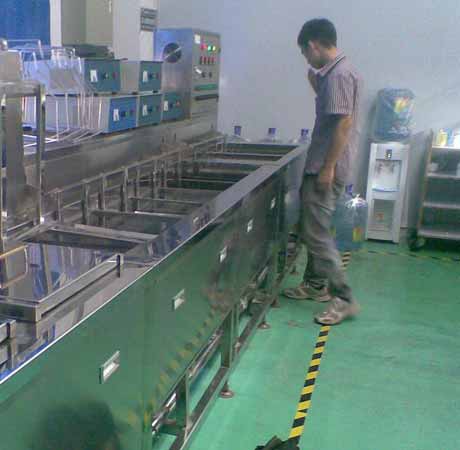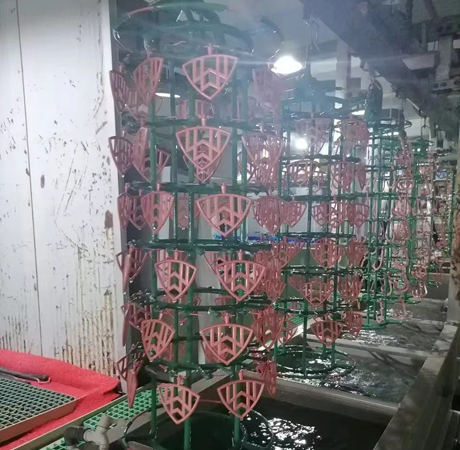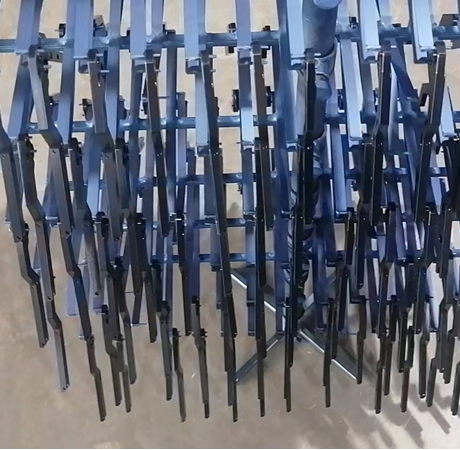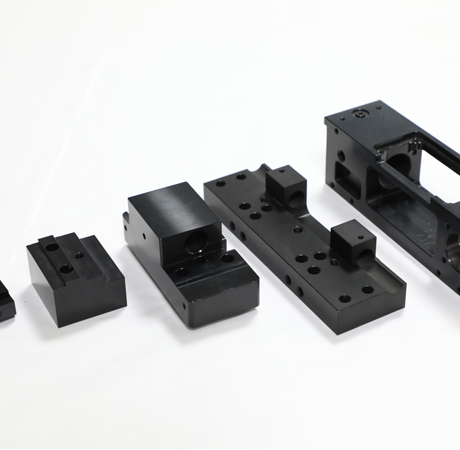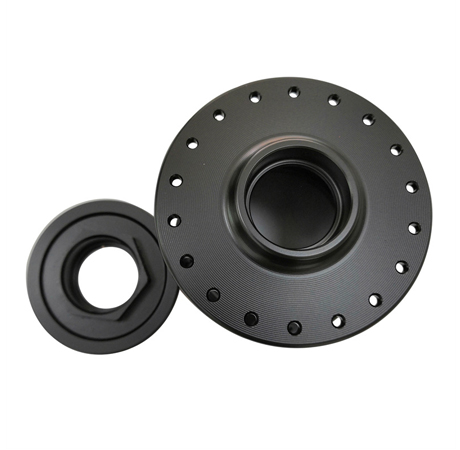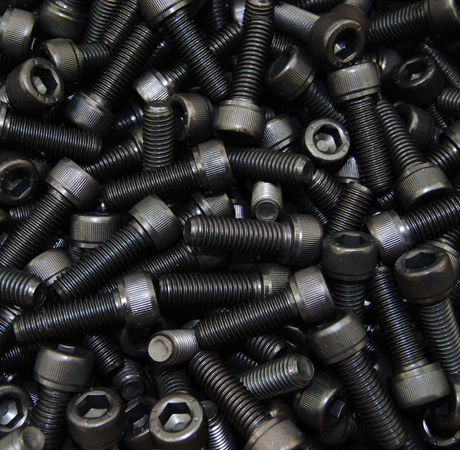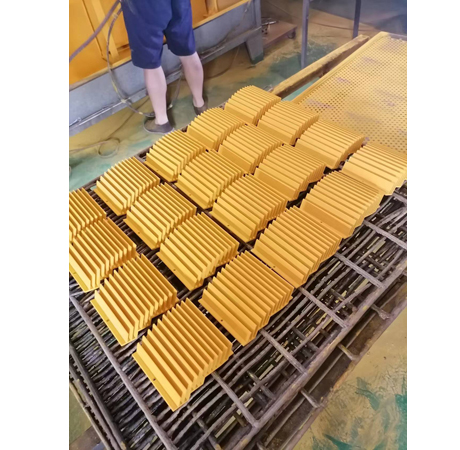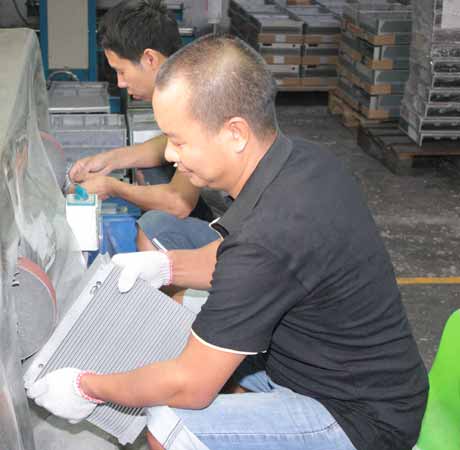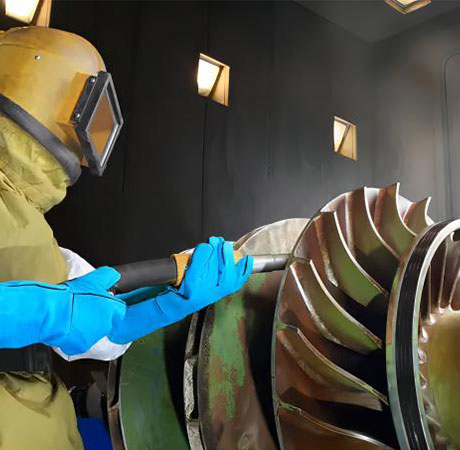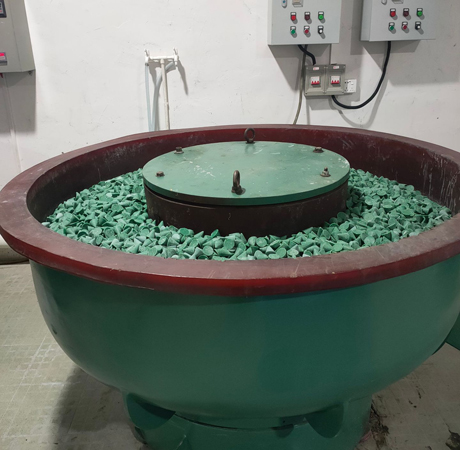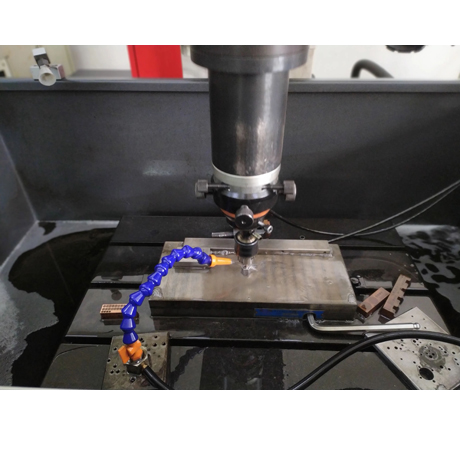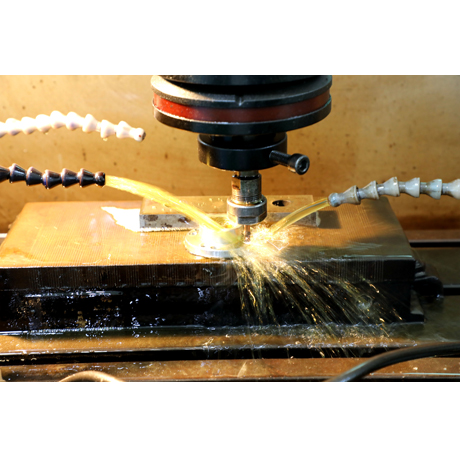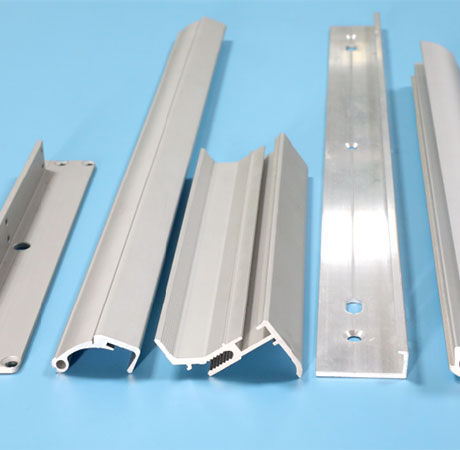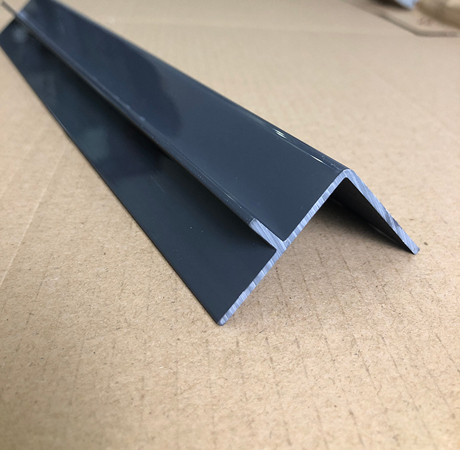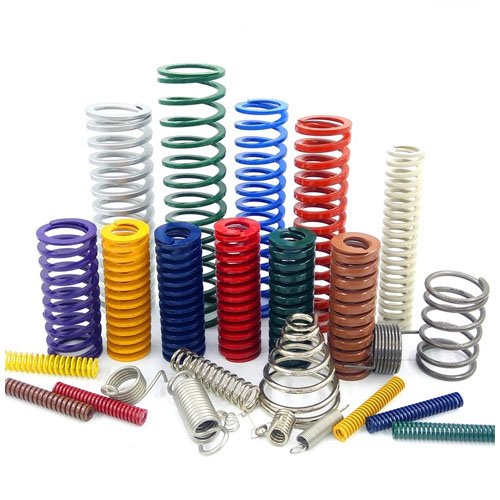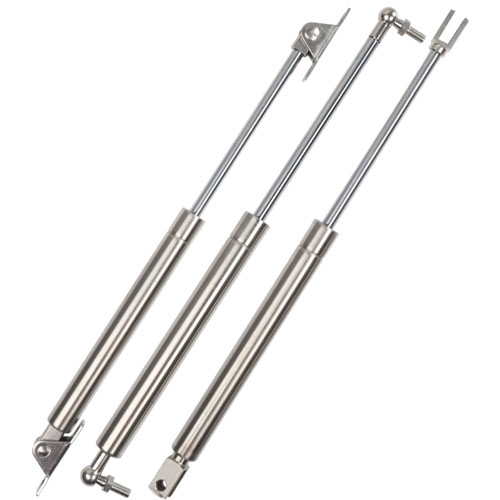CNC machining process adheres to the principle of maximum concentration and one-time positioning
When machining parts on CNC machine tools, especially on machining centers, the processes can be concentrated to the maximum extent. That is, most or all processes that can be machined by this NC machine tool should be completed in one clamping.
CNC machining tends to concentrate processes, which can reduce the number of machine tools and the number of times workpieces need to be clamped, as well as unnecessary positioning errors, resulting in high productivity.
For holes with high coaxiality requirements, after installation, the coaxial holes should be machined completely by successive tool changes and then other holes in different coordinate positions should be machined to eliminate the influence of repeated positioning errors and improve the coaxiality of the holes.
The principle of rough before fine should be followed in CNC machining
In CNC machining, when dividing processes according to factors such as machining accuracy, rigidity, and deformation, the principle of dividing processes into rough machining and finish machining should be followed, and rough machining should be completed before semi-finish and finish machining.
For a machining surface, the process of finish machining should be in the order of rough machining - semi-finish machining - finish machining. During rough machining, under the condition of ensuring machining quality, durability of cutting tools, and rigidity of the machine tool-clamp-cutting tool-workpiece process system, the performance of the machine tool and the cutting performance of the tool should be fully exerted while using larger cutting depths and fewer cutting times as much as possible, so that the machining conditions of the residual material before finish machining can be as uniform as possible. In this way, most of the machining allowance can be quickly removed during rough machining, and the number of times the cutting tool needs to move can be reduced, shortening the time for rough machining.
During finish machining, the main focus is on ensuring the accuracy and surface quality of the workpiece, and the final contour of the workpiece should be continuously finished. To ensure machining quality, it is generally advisable to leave 0.2 to 0.6 millimeters of finish machining allowance. Between rough machining and finish machining, it is better to have a period of time for the workpiece after rough machining to completely recover before finish machining to improve the machining accuracy of the workpiece.
The principle of near before far and face before open should be followed in CNC machining
According to the distance between the machining position and the tool setting point, the parts near the tool setting point should be machined first, and the parts far from the tool setting point should be machined later, to shorten the distance the cutting tool needs to move and reduce idle travel time.
As far as turning is concerned, near before far is also beneficial for maintaining the rigidity of the blank or semi-finished product and improving the cutting conditions. For parts that require both planing and boring, planing should be done first followed by boring.
Since cutting forces are large during planing, the workpiece is prone to deformation, so planing should be done before boring. After a certain amount of time, let the workpiece recover before boring to ensure the machining accuracy of the hole. Secondly, if the surface is bored first and then planed, burrs and flanges may be produced at the edge of the hole, which will affect the assembly of the hole.
The principle of internal before external and intersection of internal and external should be followed in CNC machining
For parts that require both internal and external surface machining, the internal surface should be machined first, and then the external surface. The rough machining of the internal and external surfaces should be performed first, followed by finish machining.
Usually, after a certain part of the surface (external or internal) of the workpiece is machined in one clamping, it is not allowed to machine the other surface (internal or external) of the workpiece.



